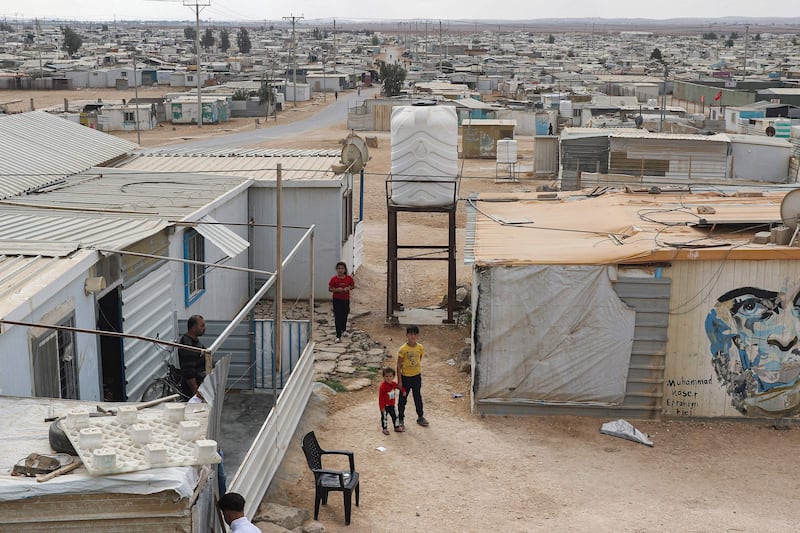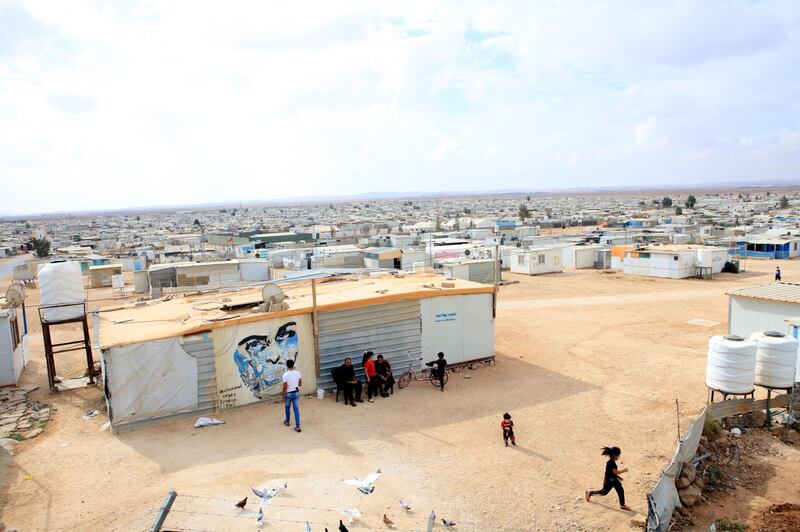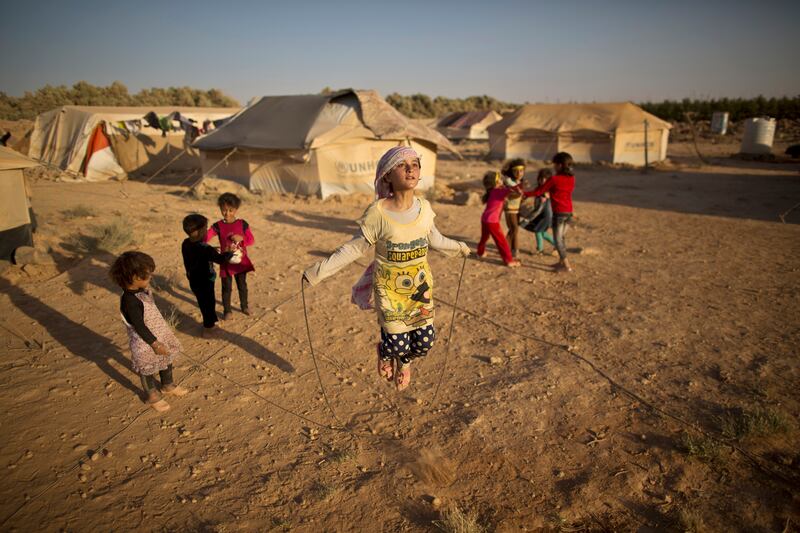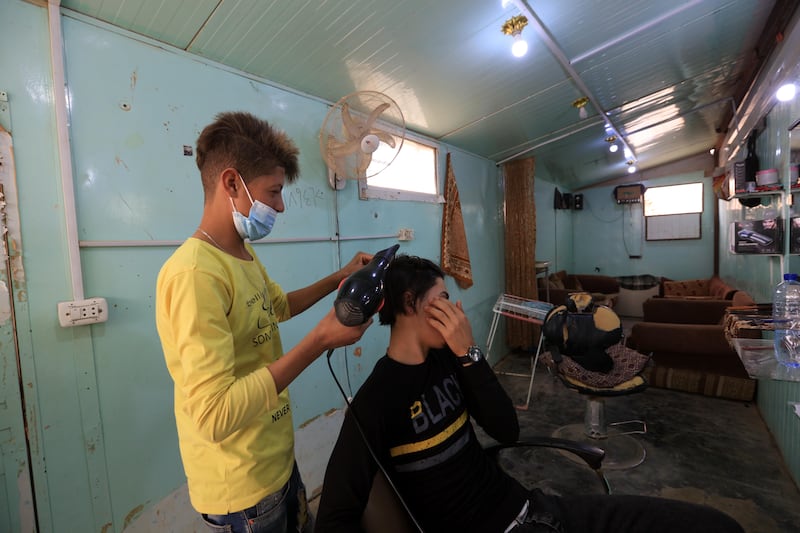Unemployment is rampant in Jordan’s two camps for Syrian refugees and most of their 118,000 residents depend on food aid, a United Nations study has found.
But their lot in some ways is better than the rest of the Syrian refugee population in the kingdom, who live outside the camps, said the UN refugee agency.
The study was released on Wednesday, a little more than 11 years since the outbreak of a peaceful revolt against five decades of Assad family rule cascaded into a civil war. Millions of people in Syria have fled to neighbouring counties en masse over the last decade.
Until the Ukraine war, the outflow of Syrians fleeing the fighting was considered one of the worst refugee crises since the Second World War.
About 118,000 people live in Zaatari and Azraq, two camps for Syrian refugees in the northern Jordan desert near the border with Syria.
The residents of the two camps, who are under movement restrictions imposed by Jordanian authorities, constitute 17 per cent of the 674,000 registered Syrian refugees in the kingdom.
“Evidence shows that camp residents fare better in areas such as health and education but, due to a lack of employment opportunities, are more reliant on humanitarian aid,” a UN statement summarising the study said.
It said 52 per cent of "out-of-camp families" have income from work compared to 25 per cent in the two refugee camps.
The main source of income for 56 per cent of the families in the two camps is assistance by the World Food Programme, the study said.
The study said 64 per cent of the 760,000 refugees in Jordan, who include Syrians and others, live at or below an international poverty line of $5.50 a day.
The country is in a severe economic downturn and unemployment among Jordanian citizens is at an official record high of 24 to 25 per cent. The latest government data indicates that the poverty rate among Jordanians was 16 per cent in 2018.














